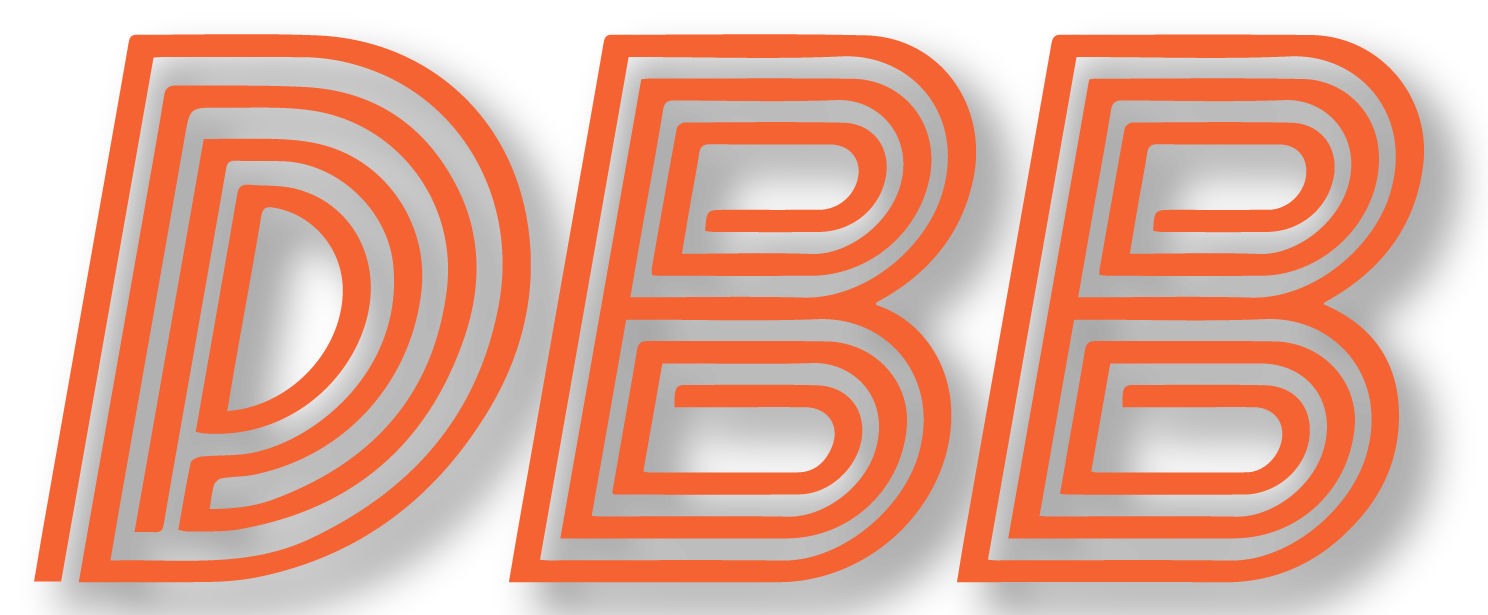A lot going on when it comes to the periphery of the Bears these days.
- Broadcast Data! Our man appeared on something called Bears on Tap to talk all things Bears, and he was fantastic. (How many Bears podcasts and YouTube shows are there now? 500? How do any of these folks expect to get traction in such a crowded marketplace?)
- Yesterday I completed a three-week intensive course studying the work of British filmmaker and playwright Mike Leigh. If you’re interested in all in film studies, or just an intrigued human, our unique experiences from Leigh: Topsy-Turvy (1999), Another Year (2010), Secrets & Lies (1996) and Vera Drake (2004). Click those links to locate where the films can be found streaming.
- This piece from Laurence Holmes in the Sun-Times is absurd, as he argues Kevin Warren has ushered in a sea change at Halas Hall re: their (verbal) pivot away from Arlington Heights. There is no sea change. Ted Phillips fought with mayors for decades on behalf of the Bears and got what the team could get. This, now, is a negotiation about tax assessments. NFL franchises want states, counties, municipalities, etc. to bend over financially, and they almost always get what they want. Holmes also includes this nonsensical phrase: “I want what’s good for the Bears. I truly do, as long as it doesn’t infringe on the pockets of unwilling taxpayers.” In what world will it not?
- The joint statement from Warren and the new mayor after their meeting: “Today we met and discussed our shared values and commitment to the City of Chicago, the importance of deep roots and the need for equitable community investment throughout the city,” read the statement, which was credited to both Johnson and Warren. “We are both committed to the idea that the city and its major civic institutions must grow and evolve together to meet the needs of the future. We look forward to continuing the dialogue around these shared values.”
- The early buzz out of the Bears? D.J. Moore has changed the entire offense, and raised expectations for this unit can be in 2023.
- ACTUAL BEARS NEWS: Here’s video of a bear being rescued in Colorado after “breaking into” a food truck. I put that phrase in quotes because can we really accuse a bear of “breaking into” anything? Does it know the food truck is “closed”?
- Jaylon Johnson missed voluntary practice sessions because he just being a dad and Twitter spent a week arguing about it. (Once again, Twitter sucks.) Johnson is part of a union. That union collectively bargained when Johnson is responsible to report to work. Why on earth would he report on additional days? Would you?
Monday: Data takes a thorough look at the tight end position, as we INCH closer to the start of training camp.






